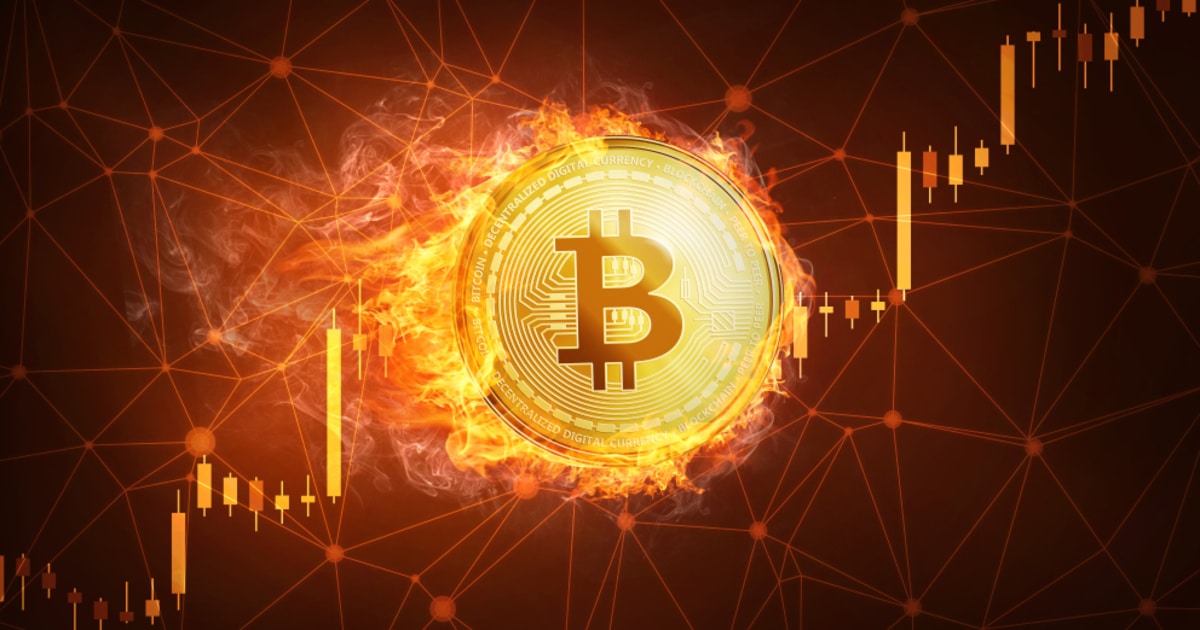Ethereum Upgrades: How Based Rollups Can Benefit from L1 Enhancements
James Ding Jan 23, 2025 15:21
Explore how upcoming Ethereum upgrades, including EIP-7782 and inclusion lists, aim to address challenges faced by based rollups in terms of speed, centralization, and censorship resistance.

As Ethereum continues to evolve, the integration of based rollups with Layer 1 (L1) infrastructure presents both opportunities and challenges. According to taiko.mirror.xyz, the proposed protocol upgrades could significantly enhance the efficiency and functionality of based rollups.
Challenges with Current L1 Integration
Based rollups face constraints due to slow slot times on the L1, which can be mitigated through based preconfirmations. However, validators currently lack the ability to force transaction inclusion, which is crucial for effective rollup integration. Upcoming Ethereum upgrades, such as inclusion lists and execution tickets, aim to address these challenges by empowering validators to influence transaction processing.
Upcoming Ethereum Enhancements
Faster L1 Block Times
One of the significant proposals is EIP-7782, which aims to reduce L1 block times from 12 seconds to 8 seconds. This change is expected to enhance network throughput by 33% and improve decentralized exchange operations. However, the proposal also raises concerns about increased state growth and potential impacts on research initiatives like enshrined propose builder separation (ePBS).
Inclusion Lists and Execution Tickets
Inclusion lists (ILs) and execution tickets (ETs) are key components of the proposed upgrades. ILs enable validators to enforce transaction inclusion by broadcasting local lists to be aggregated into blocks. This mechanism enhances the censorship resistance and efficiency of based rollups. ETs introduce a market for execution rights, allowing participants to secure future block proposal opportunities, thus improving preconfirmation processes for based rollups.
Improving Block Building Mechanisms
Currently, the block building process is dominated by a few entities, leading to centralization and censorship. The Proposer-Builder Separation (PBS) architecture, while improving efficiency, has contributed to this centralization. By integrating ILs and ETs, Ethereum aims to decentralize block production and enhance the role of validators in transaction inclusion.
Addressing Economic and Technical Challenges
While the separation of execution and beacon block proposers through ETs presents opportunities, it also poses economic and technical challenges. Ticket holders, who pay for execution rights, may still be incentivized to outsource their tasks to maximize MEV. Addressing these challenges requires balancing economic incentives and technical capabilities.
Conclusion
The proposed Ethereum upgrades present a promising path for enhancing the performance and reliability of based rollups. By addressing current constraints and introducing mechanisms for improved transaction inclusion and block building, these upgrades could significantly optimize rollup integration with the L1. As Ethereum continues to innovate, the effective implementation of these enhancements will be crucial for the future of decentralized applications and blockchain scalability.
Image source: Shutterstock.jpg)